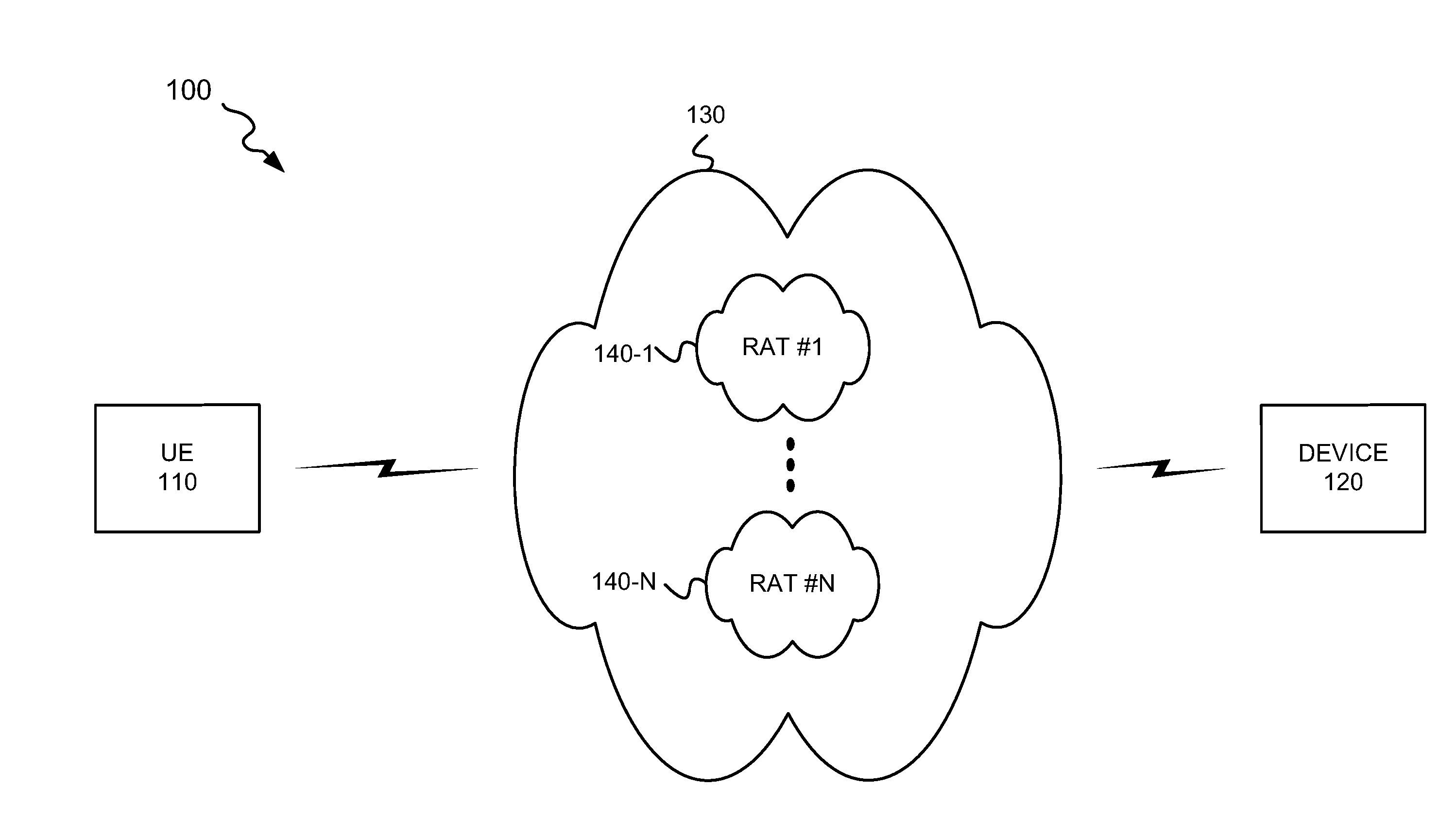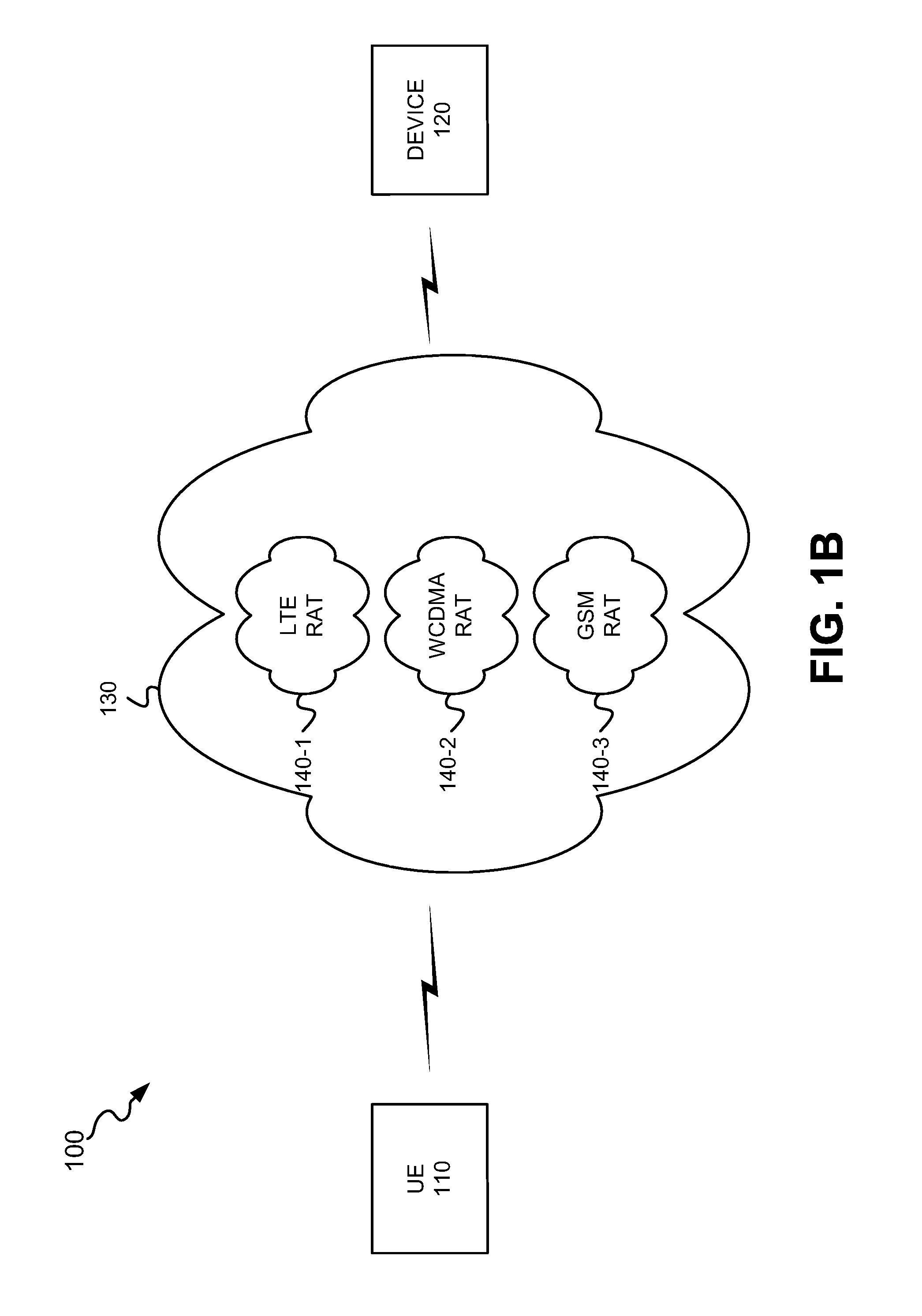Integrated Multi-Radio Access Technology Multi-Frequency Admission Control
a multi-radio access technology and admission control technology, applied in the field of radio access technology systems, can solve problems such as the increased likelihood that some services need to be dropped
- Summary
- Abstract
- Description
- Claims
- Application Information
AI Technical Summary
Benefits of technology
Problems solved by technology
Method used
Image
Examples
Embodiment Construction
[0026]The following detailed description of the invention refers to the accompanying drawings. The same reference numbers in different drawings may identify the same or similar elements. Also, the following detailed description does not limit the invention.
[0027]In a multi-RAT system, a service access request can be granted as long as there is a sufficient amount of resources for the service available in the entire system. An admission decision granting the service access should be based on an up-to-date resource estimation and, therefore, resource availability estimates need to be made available with minimal delay and signaling overhead. A multi-RAT admission control (MRAC) system should be able to achieve the following:
[0028]1) ensure service quality for on-going and newly accepted sessions;
[0029]2) minimize call blocking probability (e.g., avoiding false reject decisions);
[0030]3) minimize call / session drops (e.g., avoiding false accept decisions);
[0031]4) ensure a low delay betw...
PUM
 Login to View More
Login to View More Abstract
Description
Claims
Application Information
 Login to View More
Login to View More - R&D
- Intellectual Property
- Life Sciences
- Materials
- Tech Scout
- Unparalleled Data Quality
- Higher Quality Content
- 60% Fewer Hallucinations
Browse by: Latest US Patents, China's latest patents, Technical Efficacy Thesaurus, Application Domain, Technology Topic, Popular Technical Reports.
© 2025 PatSnap. All rights reserved.Legal|Privacy policy|Modern Slavery Act Transparency Statement|Sitemap|About US| Contact US: help@patsnap.com



